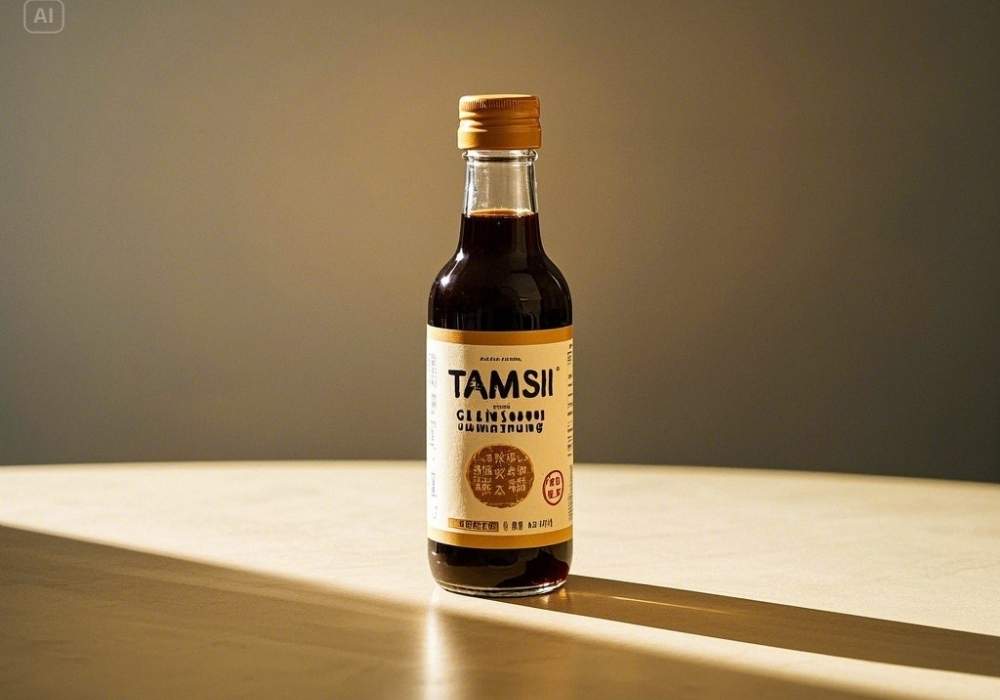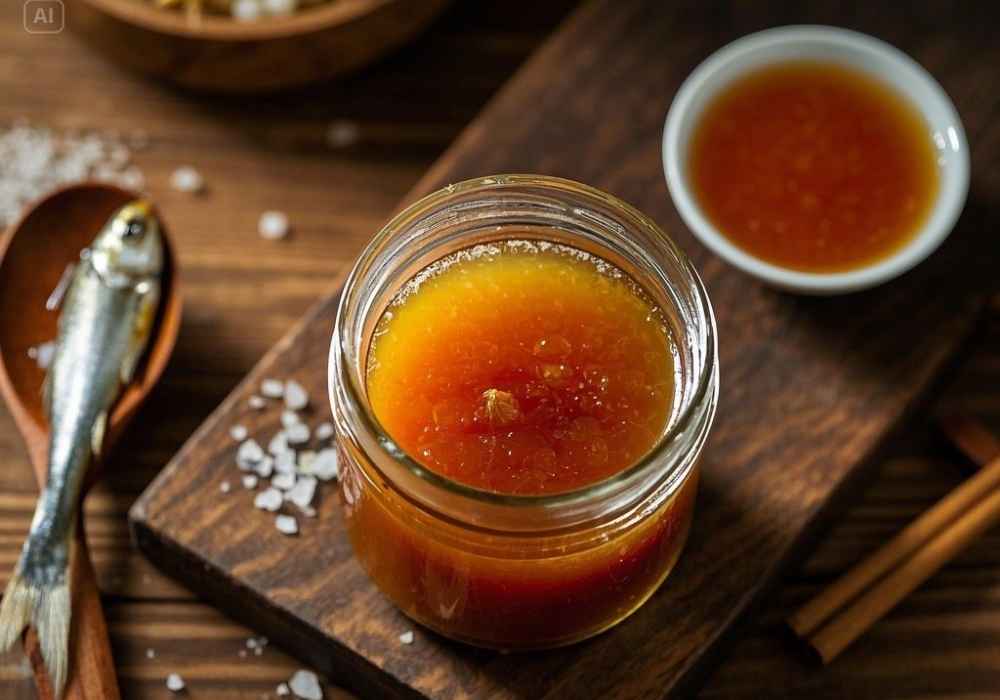Soy sauce is one of the most beloved pantry staples, adding a savory umami punch to countless dishes, from stir-fries to marinades. However, for those who prioritize health or follow specific dietary restrictions, traditional soy sauce may not always be an option.
Whether you’re looking for a gluten-free alternative, a lower sodium option, or want to try something different, you’ve come to the right place. This guide outlines ten delectable soy sauce substitutes to enhance your recipes while meeting your dietary needs.
What Makes Soy Sauce Irreplaceable?
Soy sauce is prized for its earthy, salty, and umami-rich profile. This flavor powerhouse is created by fermenting soybeans with wheat, water, and yeast. However, traditional soy sauce may not be suitable for everyone because:
- It contains gluten, which many individuals with celiac disease or gluten sensitivity must avoid.
- Its sodium content is high, making it a challenge for those with heart concerns or hypertension.
- It uses soy, which some people are allergic to or prefer to avoid.
The following substitutes mimic soy sauce’s complex flavor while accommodating various dietary preferences and restrictions.
The Best Soy Sauce Substitutes
1. Tamari (For Gluten-Free Diets)

Tamari is a Japanese soy sauce that’s naturally gluten-free (though always check the label to ensure no wheat contamination). It tastes remarkably similar to soy sauce, offering the same deep umami hit without the gluten.
Best for: Stir-fries, sushi, marinades, and dipping sauces.
Flavor profile: Bold, rich, and less salty than traditional soy sauce.
Pro tip: Tamari works as a 1-to-1 replacement for soy sauce in most recipes.
2. Coconut Aminos (For Low-Sodium Needs)
Coconut aminos are made from fermented coconut sap and salt. It’s naturally lower in sodium compared to soy sauce, making it a favorite among health-conscious cooks. Despite its name, it doesn’t taste like coconut!
Best for: Salad dressings, vegetable sautés, and dipping.
Flavor profile: Slightly sweeter and less salty than soy sauce.
Pro tip: Use slightly more coconut aminos to match the saltiness of soy sauce.
3. Liquid Aminos (For a Protein Boost)
Liquid aminos are a soy-based alternative without fermentation. Popular in vegetarian and vegan circles, they come with an added dose of amino acids, which are the building blocks of protein.
Best for: Sauces, soups, and marinades.
Flavor profile: Similar to soy sauce but slightly milder.
Pro tip: Use as a direct substitute, but be cautious of the sodium content.
4. Fish Sauce (For Intense Umami)

Made by fermenting fish or krill with salt, fish sauce packs a strong salty and savory punch. Although it has a distinct aroma, it’s a fantastic alternative for adding depth to Asian-inspired dishes.
Best for: Pad Thai, broths, and marinades.
Flavor profile: Robust and intensely umami with a slightly fishy finish.
Pro tip: Use sparingly! Start with 1/2 the amount of soy sauce called for in the recipe.
5. Miso Paste (Diluted)
Miso, a fermented soybean paste, creates a deep and savory flavor when diluted with water. It mimics the umami notes of soy sauce and adds a slight creaminess.
Best for: Soups, spreads, and glazes.
Flavor profile: Rich, salty, and slightly nutty.
Pro tip: Stir one tablespoon of miso paste into three tablespoons of water for a soy sauce equivalent.
6. Worcestershire Sauce (For a Complex Flavor Kick)
While not traditionally Asian, the Worcestershire sauce can serve as a creative soy sauce substitute; its fermented ingredients, including vinegar, molasses, and anchovies, deliver a similar complexity.
Best for: Marinades, stews, and barbecue sauces.
Flavor profile: Tangy, slightly sweet, with umami richness.
Pro tip: Use sparingly, and adjust for salt and sweetness in your recipe.
7. Mushroom-Based Sauce
Mushrooms, especially shiitake, are natural umami stars. Mushroom-based sauces or stocks can work wonders as a soy-free substitute. Some brands even offer pre-made mushroom soy sauce alternatives.
Best for: Gravies, broths, and vegan recipes.
Flavor profile: Earthy, umami-rich, and savory.
Pro tip: Use concentrated mushroom stock or powder for a deeper flavor.
8. Maggi Seasoning Sauce
Maggi, popular in many global cuisines, delivers a salty and savory punch similar to soy sauce. It’s particularly useful when you want to add depth to dishes quickly.
Best for: Fried rice, noodle dishes, and scrambled eggs.
Flavor profile: Intensely savory and salty, like a concentrated soy sauce.
Pro tip: Use sparingly; it’s potent.
9. Salt and Vinegar Mix
For simple recipes, a mix of salt and vinegar can mimic soy sauce’s salty tang. This is especially useful for those who want to avoid fermented or processed products altogether.
Best for: Simple dressings, stir-fries, and steamed vegetables.
Flavor profile: Salty with a sharp, acidic kick.
Pro tip: Use a 1-to-4 ratio of salt to vinegar as a starting point.
10. Homemade Soy-Free Sauce
For the ultimate control over ingredients, why not whip up your soy-free sauce? A popular recipe includes molasses, apple cider vinegar, garlic powder, and black pepper.
Best for: Allergy-friendly recipes and creative cooking.
Flavor profile: Sweet, tangy, and savory.
Pro tip: Adjust ingredients to suit your taste preferences.
Tips for Finding the Perfect Substitute
Not all substitutes will work perfectly in every recipe. Here are some factors to consider:
Dietary needs: Choose options that align with your restrictions, such as gluten-free or soy-free.
The intensity of flavor: Adjust the amount of substitute depending on its strength. Some options, like fish sauce and Maggi, can be very concentrated.
Pairing with dishes: Match the substitute to the cuisine. Coconut aminos are ideal for lighter dishes, while fish sauce works better in bold, robust recipes.
Elevate Your Cooking Without Compromise
Adopting a healthier or more inclusive cooking style doesn’t mean sacrificing flavor. With these soy sauce substitutes, you can continue to create mouthwatering, umami-rich meals that cater to your dietary needs.
Experiment with these alternatives in your favorite recipes, and you may even discover a new go-to ingredient!
If you’re on the hunt for more cooking tips or want personalized recommendations, join our community of health-conscious cooks today. Together, we’ll make every meal a masterpiece.



















